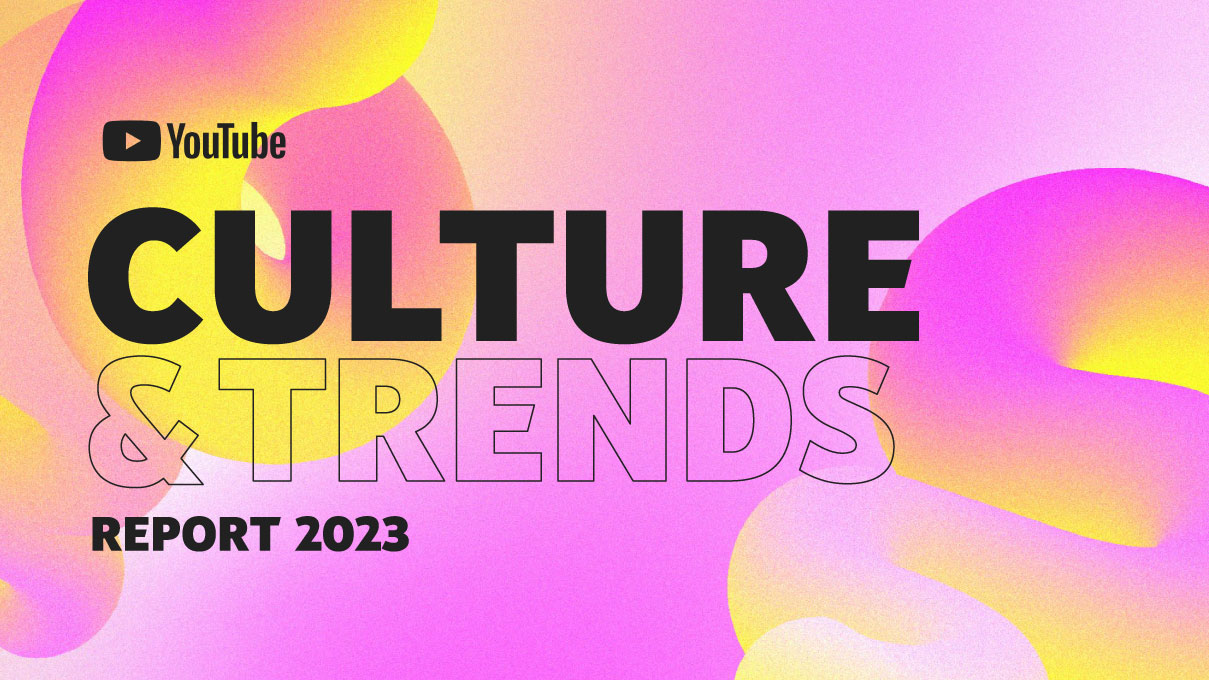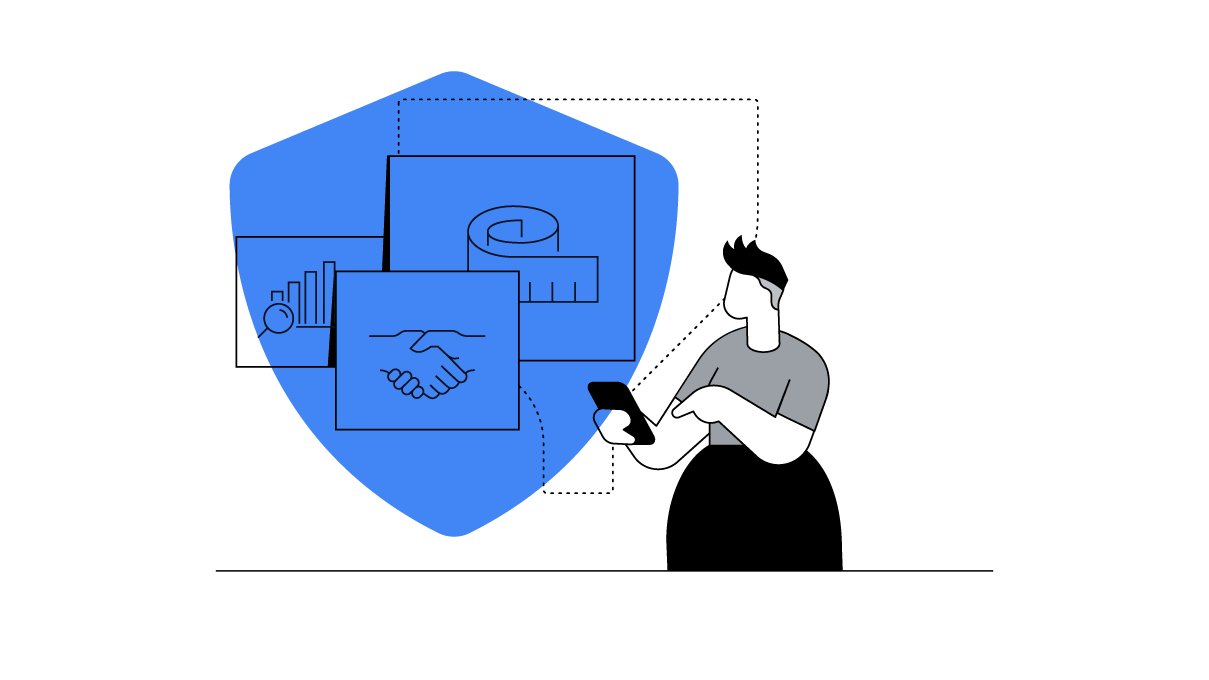As digital usage increases rapidly in India, the safety of personal and financial information has become a key concern among people. Making them feel safe about sharing their information needs to be a priority for marketing leaders because 48% of people globally have stopped buying or using a service due to privacy concerns.1
One way brands can make people feel comfortable about sharing information is by leaning into their preference for relevant offers and useful recommendations. To realise this, however, brands need to help people become more aware of the correlation between the quality of their online experience and the data they share.
The role of marketers in this is to communicate and help deliver a personal experience in exchange for users’ information. This includes outlining user choices for the information they are asked to share, giving people control around how their information will be collected and used, and explaining how their data is stored.
Indeed, forward-thinking marketing leaders in India are already making user privacy a priority. Here’s how four brands have prepared for a privacy-first future by listening to their customers, being more transparent about how they use and collect data, and designing user experiences that give people control of the data they share.
Show people the value they get in exchange for providing information

“Communicating a clear and transparent data privacy policy is the first step at Jagran New Media. We want users to immediately understand who we are, what we do, and how sharing their information will help us create a better content experience for them. First-time users to our website are met with a letter from our editor-in-chief welcoming them to our site and assuring them of the standards we uphold in protecting user data.”
We want users to immediately understand how sharing information will create a better content experience for them.
“Once we've assured them of our data privacy standards, we demonstrate the advantage of sharing information by way of a rich experience. For instance, more than 90% of Indian users access content via their smartphones. With user permission to access their GPS location, we localise news content to a user’s nearby surroundings, providing seamless content exploration and consumption. This has led to a 100% increase in page views and a 75% increase in time spent on the site.”
Put first-party data at the core of your marketing strategy

“First-party data is important because of the value it creates for users and the business. We see two to three times more engagement and conversion on our website when we create personalised experiences with messaging based on how our visitors interact across our channels. It’s important to create these experiences without being intrusive.”
Respecting user choices helps build trust.
“At Freshworks, we found that users are open to sharing data within a secure environment when it provides them value in return. So, we created a consent management platform on our website for visitors across the globe – not just for people from regions where the European General Data Protection Regulation is governed. This gives more control to our global users in choosing what information they would like to share with us. Respecting user choices helps build trust.”
Ensure data storage meets customers’ expectations of security

“Businesses must invest in tailored solutions for customer data management. For example, businesses consider mobile phone numbers and email addresses as reliable customer identifiers. Historically, such identifiers have been stored in open files and shared for email and SMS activation with minimal guardrails. As more Indians become digitally connected and privacy woke, there will be higher expectations of customer outreach and data management being safe and responsible. Early investment will help ensure business continuity with minimal impact.”
As more Indians become privacy woke, there will be higher expectations of data management being safe.
“We also ask our clients to be clear about what customer data they are collecting and why. This applies to personal information shared in forms, or data collected by the company through user actions on a website. Being clear and explaining why helps users appreciate the intent behind the information or permission being requested. In most cases, users value the intent and explanation and reward companies with the data and permissions they need.”
Invest in tools for privacy-safe user experience at scale

“Voot's offerings in most markets outside of India appeal to a sizable, but niche group of South Asians, lovers of Indian culture, and Indians living abroad with limited access to domestic content. Such niche markets demand that we go back to the basics of marketing with data modelling, incrementality testing, direct bid optimisation, and creative testing to make sure we are interacting and communicating meaningfully with our users.”
We’ve retooled our marketing stack to provide a privacy-safe experience for users across markets.
“Given this, and growing digital privacy awareness, we've retooled our marketing stack to provide a privacy-safe experience for these markets. This includes our own server-side privacy-compliant identification resolution system, integrated identifiers across devices to create a unified view of the data, and a tokenization system.”
With more digital users in India, and people wanting to feel safe about sharing their information, marketers need to prioritise user privacy to ensure their brands are poised for growth. There is, however, no one-size-fits-all approach to building privacy-safe brands as the experiences of these four marketing leaders show. But they all agree on one thing: being ready for a privacy-safe future is a marketing priority and brands must start taking steps today.







